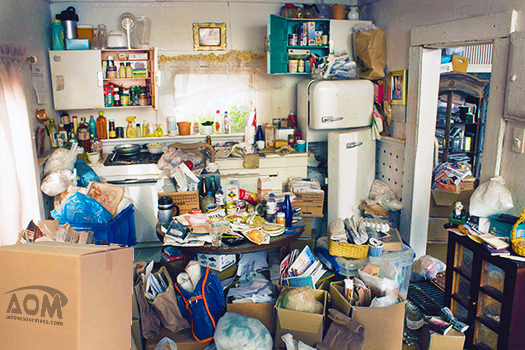When I speak with new clients, they often say they’re a “hoarder.” Most are slightly tongue-in-cheek but some are completely serious. I’ve worked with clients who have way too much stuff for their space. I’ve worked with clients who have seriously neglected their homes. The fact of the matter is: I’ve never worked with a true hoarder. This article from The Washington Post does a great job of explaining what real hoarding looks like:
“Hoarding is dif ferent from merely living amid clutter, experts note. It’s possible to have a messy house and be a pack rat without qualifying for a diagnosis of hoarding behavior. The difference is one of degree. Hoarding disorder is present when the behavior causes distress to the individual or interferes with emotional, physical, social, financial or legal well-being.”
ferent from merely living amid clutter, experts note. It’s possible to have a messy house and be a pack rat without qualifying for a diagnosis of hoarding behavior. The difference is one of degree. Hoarding disorder is present when the behavior causes distress to the individual or interferes with emotional, physical, social, financial or legal well-being.”
This past spring, I attended a seminar with Matt Paxton (of A&E’s “Hoarders”). he said:
Collecting is something you do with your family.
Hoarding is when your collection BECOMES your family.
In other words, if you’re calling me for a consultation because you want to get a handle on all the stuff, rest easy, you’re not a hoarder 🙂
If you’re trying to help a family member or friend who you think is a hoarder, proceed with caution. Simply going into the space and clearing it out can be traumatic to the individual. Even if it looks like junk to you, there is usually a very real reason why the individual chose to keep the item. Ideally, you will utilize the help of a counselor or other mental health professional. There is a reason hoarding is recognizes as an actual psychological disorder. Remember: it is a slow process. To be effective and last, you must address the mental concurrently with the physical. If you’re thinking about helping a loved one, I suggest visiting Matt’s website to learn as much as you can before starting.
